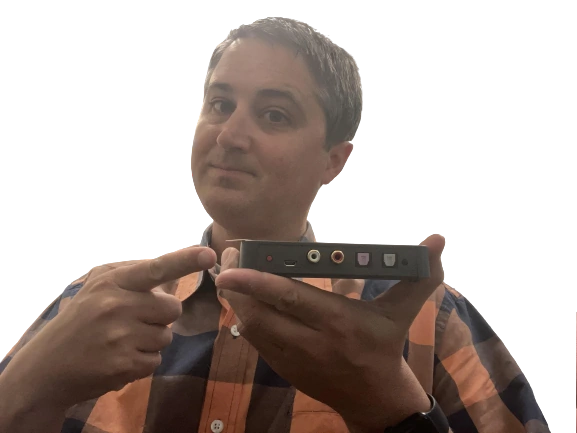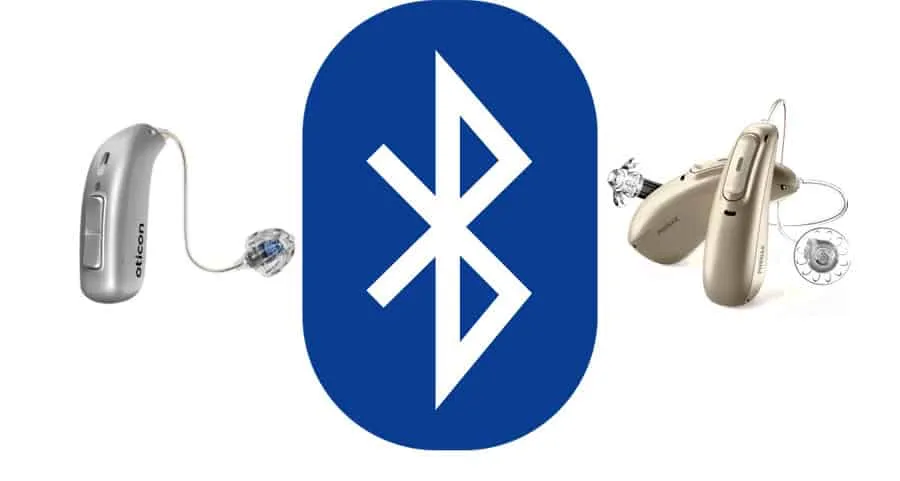As an expert audiologist, one of the most common concerns among my patients using hearing aids pertains to battery longevity. Users of these vital devices understandably seek to maximize their functionality while minimizing battery drain. One primary culprit that significantly drains battery power is Bluetooth technology, especially when used continuously for streaming audio.
Bluetooth: A Double-Edged Sword
Bluetooth technology has revolutionized the hearing aid landscape by enabling direct streaming of sound from various devices such as mobile phones, computers, and TVs. Bluetooth has drastically improved the hearing aid user experience by creating seamless connectivity and offering high-quality sound. However, there’s a trade-off. Bluetooth is the most significant battery drainer across all manufacturers and hearing aid models, with Phonak hearing aids being particularly affected due to their use of Bluetooth Classic.
Bluetooth Classic, as employed by Phonak, has the undeniable advantage of being compatible with a wide range of devices. This broad pairing capacity comes at a cost: a higher battery discharge rate compared to other forms of Bluetooth. Other hearing aid manufacturers typically utilize Bluetooth Low Energy (LE), which doesn’t drain the battery as swiftly.
See also: Help for rechargeable batteries draining too fast.
Battery Discharge Rate: A Comparative Study
| Condition | Battery Discharge Rate (% per hour) | Battery Life (hours) |
|---|---|---|
| Without Bluetooth streaming | 1.96% | 51 |
| With Bluetooth streaming | 3.4% | 29.4 |
To better understand the implications of Bluetooth on hearing aid battery life, let’s consider the Starkey Genesis RT. Without any Bluetooth streaming, this model discharges only 1.96% per hour of use. However, with Bluetooth streaming, the discharge rate increases to 3.4% per hour, demonstrating a substantial increase in battery drain.
If you have a hearing aid with a shorter battery life and stream constantly the hearing aid may not last through your whole day.
With a zinc-air batteries instead of getting 6-7 days from a 312 battery, you may only get 4 days with streaming.
Alternative Solutions: TV Streamers

Despite the apparent challenge, there are ways to mitigate the drain caused by Bluetooth technology. One practical tip is to switch from using Bluetooth to pair your hearing aids to your television, and instead, use a TV streamer manufactured by your hearing aid provider. TV streamers utilize 2.4GHz technology, which has a significantly lower battery discharge rate than Bluetooth.
TV streamers transmit audio signals from the television directly to your hearing aids, allowing for a more battery-friendly way to enjoy your favorite programs. By doing so, you not only prolong your hearing aid battery life but also enhance your auditory experience with more stable and higher quality streaming.
In Conclusion
While Bluetooth technology provides remarkable benefits for hearing aid users, it also poses a challenge to the battery life of these devices. Awareness about this drain and adapting to alternative technologies like TV streamers can help optimize battery life without compromising the quality of the audio experience. As the technology evolves, it’s crucial to keep up to date with the developments, and consult your audiologist or hearing aid provider to ensure you are getting the best performance from your device.

